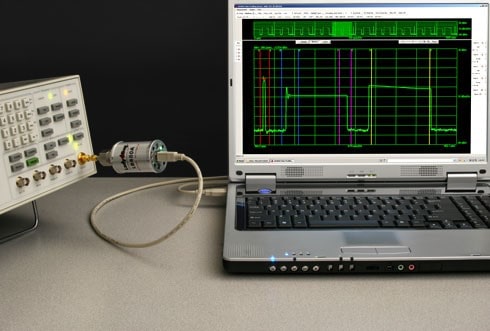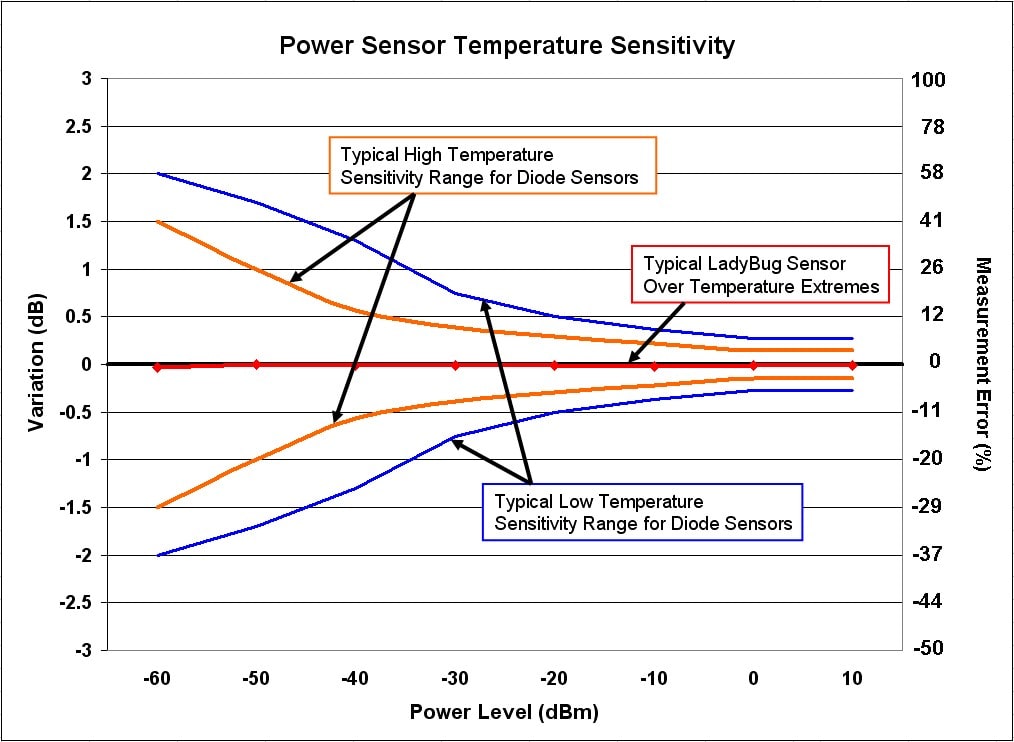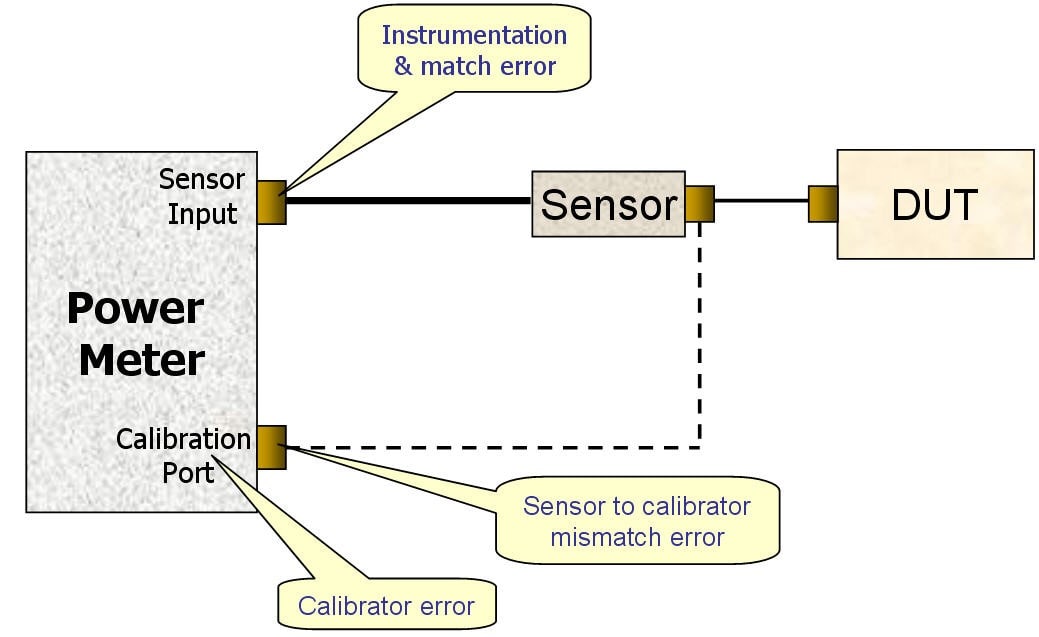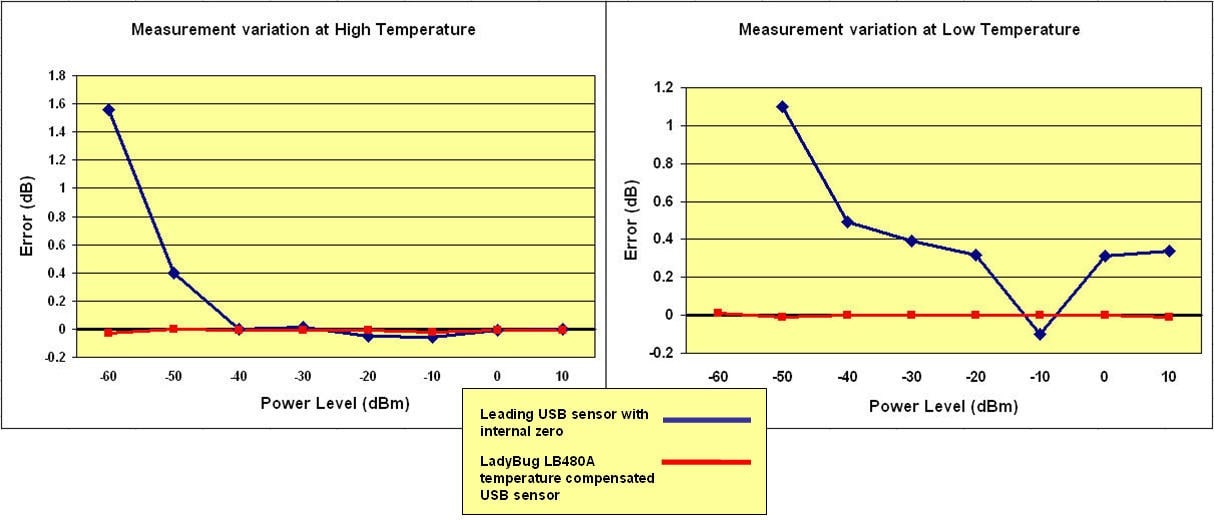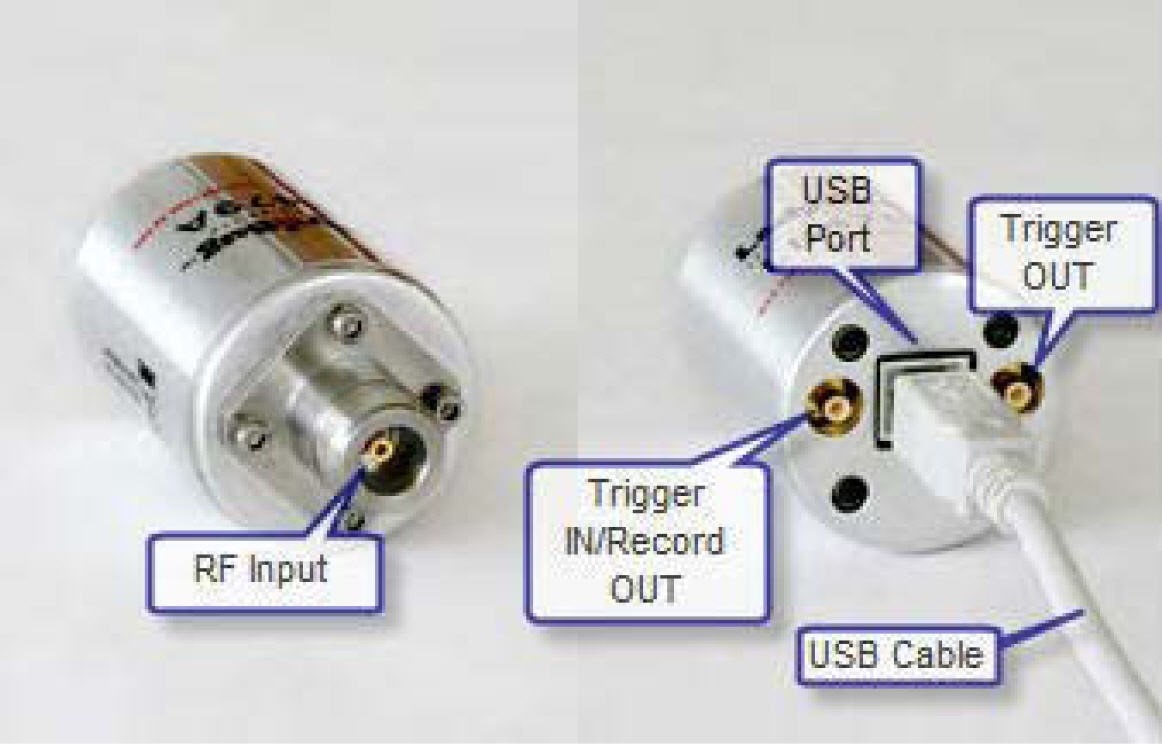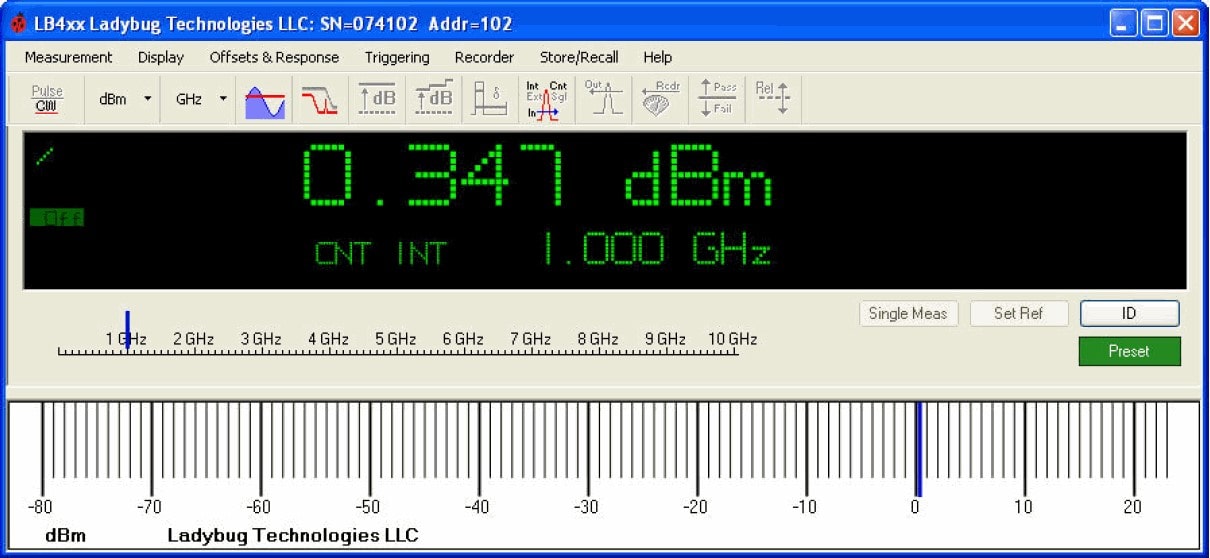RF Power Sensor Types
Most power sensors now available fall into one of three design categories: thermistor, thermocouple, and diode detector. In a thermistor design, RF power is measured through DC substitution of RF energy heating the thermistor. In a thermocouple design, absorbed microwave power causes heating of a thermocouple junction, resulting a voltage proportional to power.
Diode based detectors produce a voltage proportional to the input power. Because diode designs offer quicker response times and more efficiently convert RF energy to a measurable voltage they are often preferred over both thermistor and thermocouple designs. The improved conversion efficiency of the diode design enables the ability to measure significantly lower power levels. Multipath designs coupled with this ability to measure very low power levels provide diode based designs an extremely wide dynamic range. In this article we will focus our attention on diode based sensors.
Download this Whitepaper: Considerations when Selecting a Power Sensor
Classically, RF power sensors were used in conjunction with a separate power meter. They are slower, cost more, require more rack space and require a complex zero and measurement calibration procedure before use. Further they were often limited to measuring only true average RF power. The introduction of the USB RF power sensor (see Figure 1) has brought several advantages to making RF power measurements. These sensors are fast, low cost, compact, sophisticated and easy to use. Simply connect to a computer and you are up and running. Available USB sensors are fast, accurate, and have a full set of measurement capability. Measurements range from simple CW to modulation analysis to full featured pulse profiling and time domain gated analysis. Such features are all available with the LB480A USB sensor from Lady Bug Technologies.


